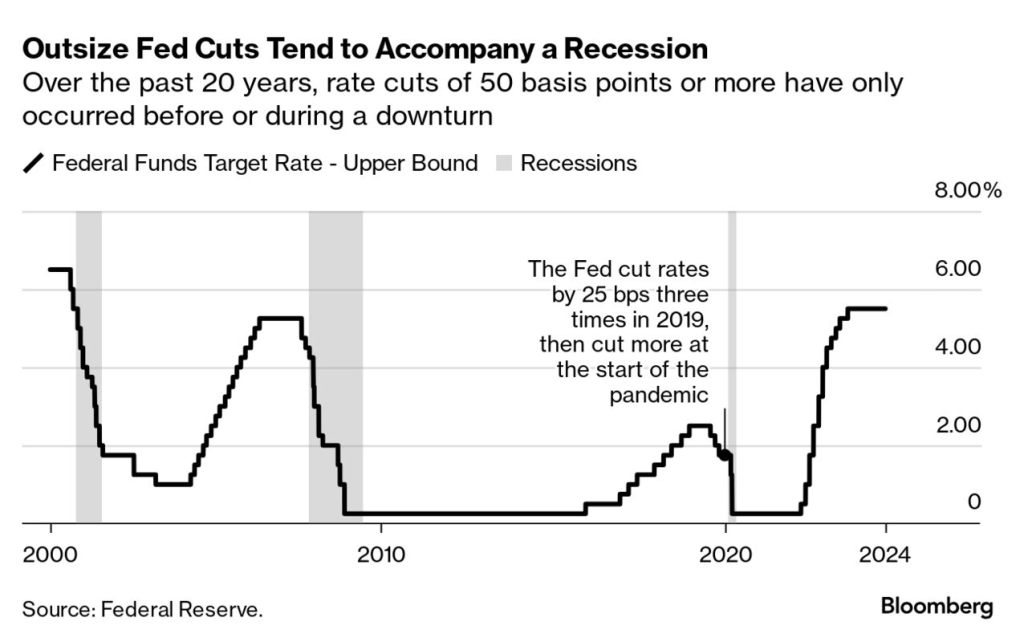- Last week, the core PCE price index revealed that inflation increased by 0.2%, as expected.
- The US monthly employment report might show increased job growth in August.
- Gold prices gained 2% in August as Fed rate cut expectations soared.
Gold fell on Tuesday after dropping on Friday due to a rally in the US dollar and Treasury yields. The rally came after the PCE inflation report, which lowered the likelihood of a 50-bps September Fed rate cut. Meanwhile, markets were closed on Monday due to a US holiday.
Investors are slowly shifting their focus from inflation to employment ahead of the nonfarm payrolls report. Last week, the focus had been on the core PCE price index. The report revealed that inflation increased by 0.2%, as expected. Consequently, the likelihood of a super-sized 50-bps rate cut fell to 31%. As a result, gold fell by 1%. Moreover, investors are now expecting a less aggressive Fed. However, this outlook might change, with more data to come before the September meeting.
The US monthly employment report might show increased job growth in August. Economists expect the US economy to add 165,000 jobs while the unemployment rate drops from 4.3% to 4.2%. The Fed will monitor the unemployment rate, which caused a lot of market turmoil in the last report. A drop in the unemployment rate will show that the decline in the labor market is slow.

Rate cut history (Source: Federal Reserve)
On the other hand, a jump might raise fears of a rapid decline that could trigger a recession. Such an outcome could increase expectations for a 50 bps rate cut, boosting gold prices.
Gold prices gained 2% in August as rate cut expectations soared. The first catalyst was the poor jobs report. After that, FOMC meeting minutes revealed a growing openness among policymakers to cut interest rates. Moreover, Powell opened the door to a September rate cut at the Jackson Hole Symposium. Low interest rates increase the appeal of non-yielding gold, boosting prices.
Despite the recent pause, experts believe the yellow metal has more upside potential since it is a hedge against geopolitical and financial risks. Ongoing tensions in the Middle East will support prices. At the same time, risks of economic deterioration due to high interest rates remain. Meanwhile, central bank purchases will also keep demand high.
Elsewhere, investors were disappointed after recent import quotas failed to increase demand for gold in China.


